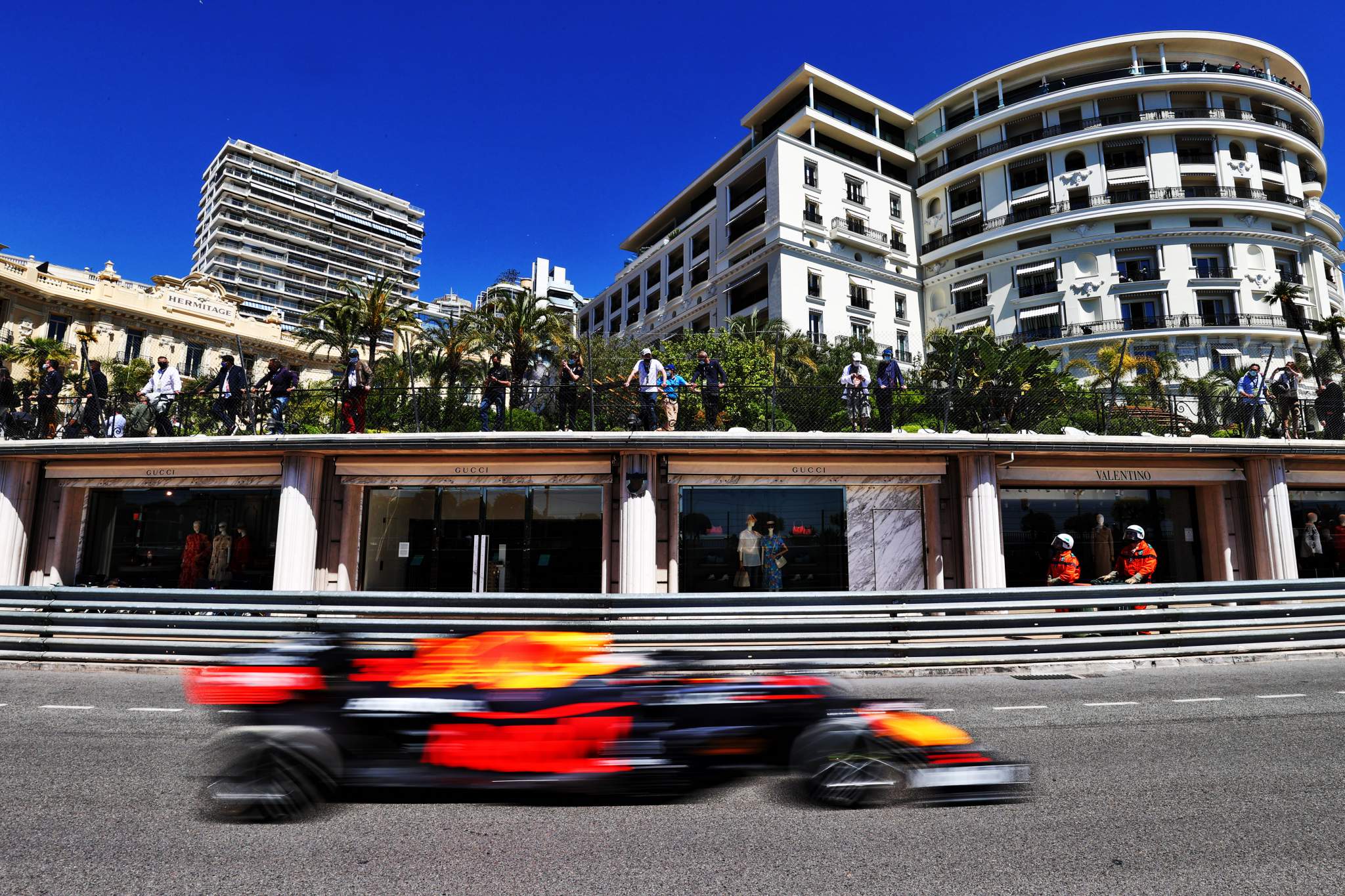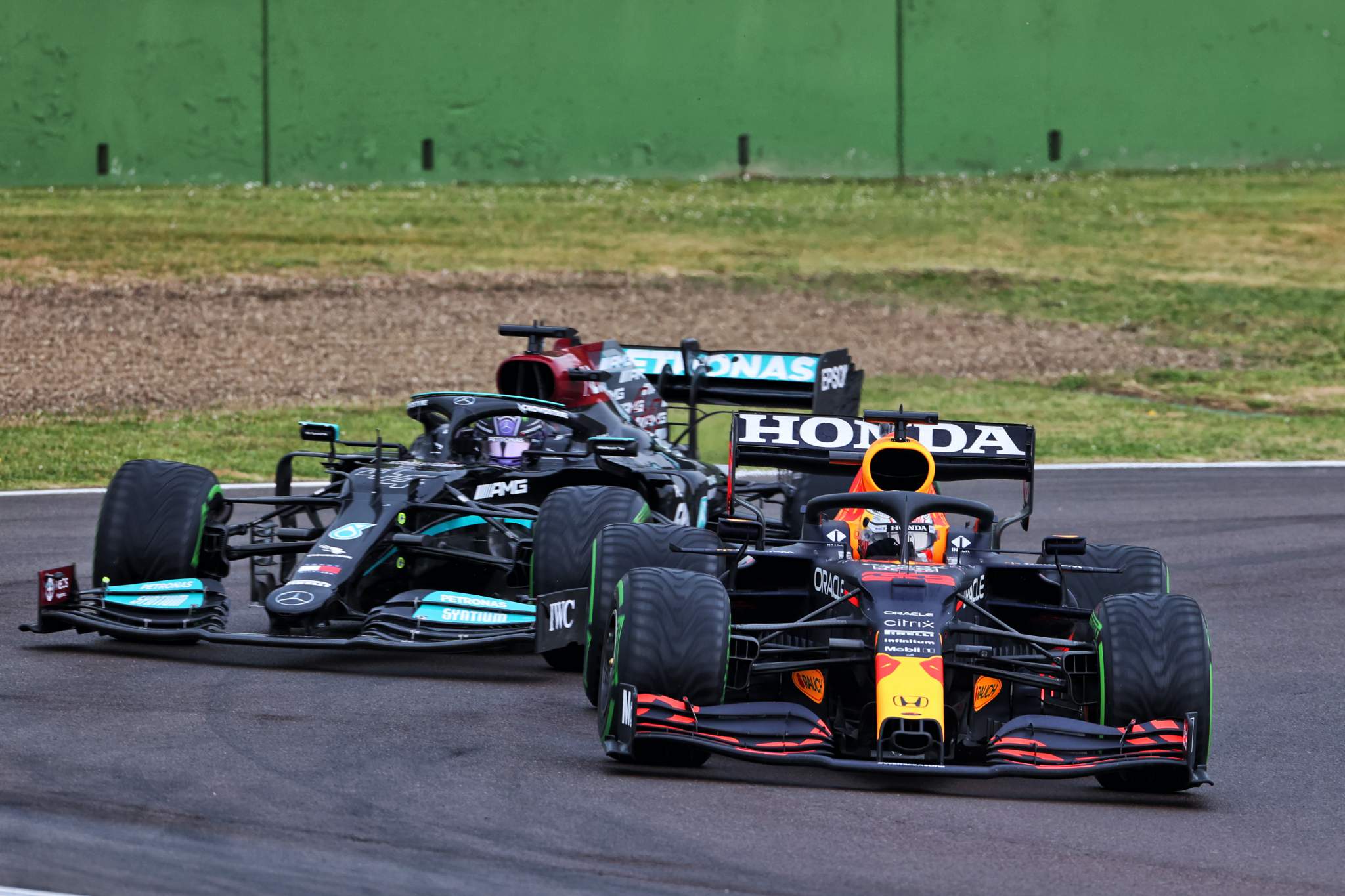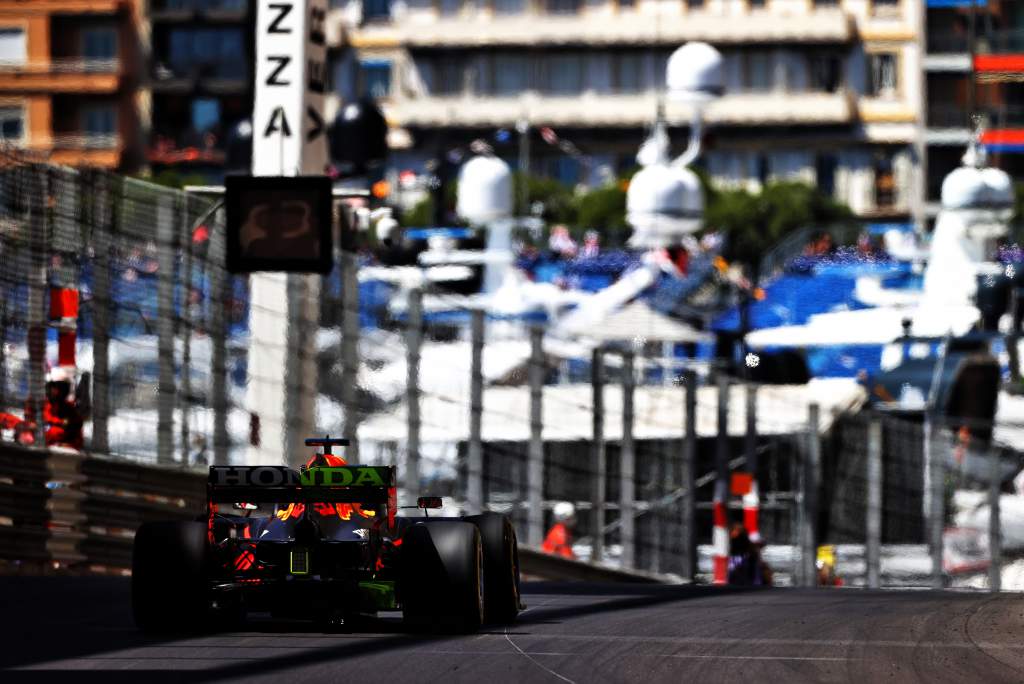Up Next

The cost of Red Bull adapting to the FIA’s stricter testing of flexi-wings “will prevent something else from happening” because of the constraints of Formula 1’s budget cap this season.
Tougher load and pullback tests will be implemented from mid-June as the FIA increases its vigilance of anomalous rear wing behaviour.
Mercedes and McLaren have been outspoken at the Monaco Grand Prix this week amid concerns rivals have circumvented rules by finding a way to make their wings pass the existing tests in place then deform under greater loads on-track.
Red Bull is the expected target of that criticism given video footage from the Spanish Grand Prix that showed the rear wing of the RB16B flexing considerably on the straights, although the Alfa Romeo and Alpine cars are also expected to be affected by the stronger tests and Ferrari has revealed it will make a “small change” as well to ensure compliance.
The new tests will be enforced from June’s French Grand Prix, not at this weekend’s race in Monaco or the next round in Azerbaijan, as teams have been given a grace period to strengthen their wings for the revised testing loads.
Red Bull chief Christian Horner admitted his team will have to make changes and said: “For a team like us that’s obviously running up against the [$145m budget] cap then of course strategically you have to make choices.
“The impact of something like this is probably about half a million dollars.
“That will prevent something else from happening.
“But that’s the juggling act that we’re now having to make with a budget cap and financial regs.”
The Race says

Though half a million dollars is not a massive percentage of the overall team spend, it is enough that it could cause Red Bull to make a compromise somewhere.
F1’s biggest teams have had to slash spending to meet the new budget cap, which will actually stand at $147.5m if the planned 23-race schedule is carried out.
There are various exceptions that mean team spending can actually still go well beyond that limit but development items are among the restrictions.
Mercedes recently pointed out that Valtteri Bottas’s huge crash at Imola could have a knock-on impact on development as it triggered repair work that was not part of the team’s early-season spending plan.
But it’s unlikely Red Bull will gain much sympathy over the cost implications of its rear wing adaptation given the poor reaction since the extent of its flexing part was revealed – and how annoyed rivals seem with the FIA’s response.
As McLaren team boss Andreas Seidl pointed out: “For us, it doesn’t have any influence, because we don’t have to change anything on the car.
“Our car was compliant with the regulations for the first race, it is compliant now.”
The implication is clear. There would be no financial compromise to make if Red Bull had not designed the car in a way that, along with other teams, has sparked accusations of rule exploitation.
The benefit of flexi-wings has been disputed by those who have pushed the limits with their rear wings further than others.
Horner said that he’d be “surprised” if the changes even impact the Red Bull by a tenth of a second.
“It’s difficult to quantify,” he said. “It’s not as much as people think, I’ve heard comments of six tenths being banded around which is ludicrous.”
He has also made an effort to deflect attention onto what other teams are doing with their front wings.
Horner said that the focus will shift from the rear of the car to other areas and when it does “other teams will come under scrutiny”.
“The cars are built to be optimised to the regulations,” said Horner.
“It’s a competition at the end of the day, and there are tests that are in place for the FIA to measure, which is what they do and they vary those tests from time to time.

“But the whole car is under aerodynamic influence, and a lot of noise is being made about the rear wing of the car but I mean just look at some footage from Imola at the front of our competitor’s car and it’ll show you very clearly flexible aerodynamics.
“As we know the front wing is a far more sensitive part of the car than the rear of the car.
“So, you pick on one part of the car, inevitably that is just going to move around. Of course, that’s very difficult for the FIA to police, which is why they’re continually evolving these checks and processes which each team then obviously has to comply with.
“But to think that everybody’s aerodynamic surface was completely rigid would be a fallacy – on every single car on the grid it’s just not the case, you can visibly see that.”







